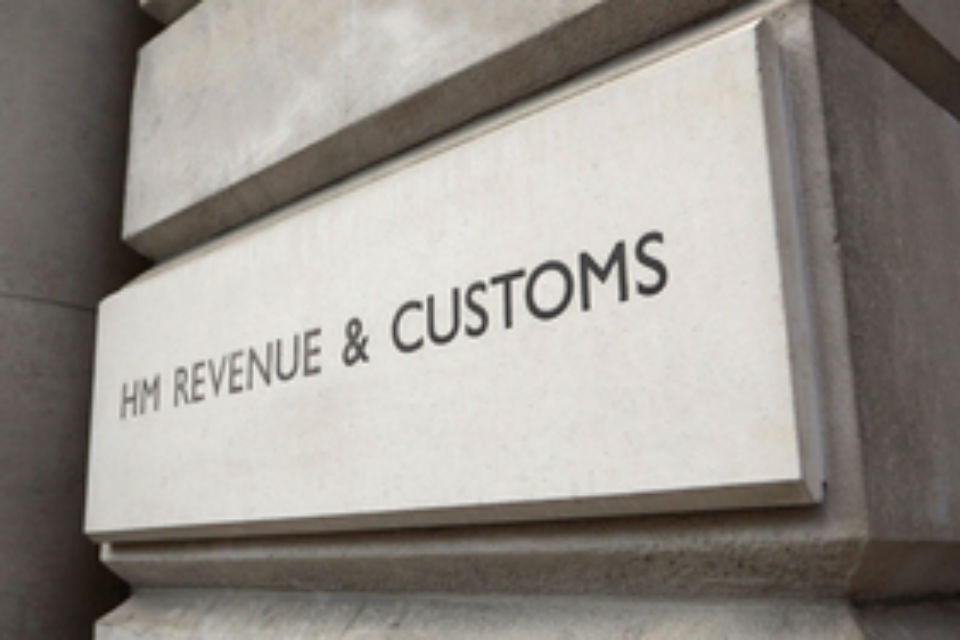Annual Civil Service People Survey also shows rise in pay satisfaction
Credit: Pixabay
Staff engagement hit a new high as officials worked on responding to the coronavirus pandemic and making good the UK’s departure from the EU, the results of the latest Civil Service People Survey reveal.
The twin challenges placed heavy demands on digital and data professionals, with key Brexit programmes – such as the EU settlement scheme and the new arrangements for the UK border – relying heavily on major new IT infrastructure. The Covid crisis, meanwhile, require the urgent construction of a range of new tools and services, such as the platform to support the furlough scheme, and the NHS Covid-19 contact-tracing app.
The people survey data, which was given an unusually low-key release by the Cabinet Office, also showed pay satisfaction among civil servants at its highest level in the survey’s 12-year history when responses were submitted in October and early November last year.
While the closing date for responses came three weeks before Rishi Sunak confirmed ministers would impose a 12-month pay freeze on all but the lowest-paid civil servants, the chancellor had been warning of the need for pay restraint for several months at the time of the survey.
Related content
- The four (non-coronavirus) public sector tech trends that will define 2021
- Treasury found ‘lots of positives’ in virtual spending review process
- GDS seeks engagement lead to make government ‘destination of choice for digital professionals’
Headline results from the Civil Service People Survey 2020 saw the employee-engagement index rise to a new all-time high of 66%, up from 63% the year before. The index reflects the proportion of staff who answer positively to statements about how motivated they feel and whether they would recommend their organisation as a good place to work.
The Scottish Public Pensions Agency notched up the lowest engagement score of any part of government – 49%. Border Force and HM Courts and Tribunals Service were not far behind on 56% each.
HM Revenue and Customs, which has struggled with its engagement index results throughout the life of the survey, registered a 57% figure for 2020 – up from 2019’s 49%. Among the major departments, HM Treasury topped the engagement index rankings, notching up a score of 76%.
After a decade of pay restraint, civil servants had little to cheer about in 2020, other than their continued employment as swathes of private sector workers were put on furlough. Public sector workers even managed to trigger a parliamentary debate on fair pay in the sector after a petition calling for the move notched up 100,000 signatures.
Nevertheless, according to the 2020 poll results, the proportion of civil servants who felt their pay adequately reflected their performance rose to 40%, up from 34% the previous year. The proportion of respondents who said they were “satisfied” with the total benefits package they received rose from 39% in 2019 to 47% in 2020.
Officials in devolved administrations were generally much happier with their pay than their UK government counterparts. The 2020 figures show that 61% of Welsh Government workers believed their pay adequately reflected their performance, with 59% of Scottish Government officials giving the same answer.
Staff in the Welsh Revenue Authority were happiest with their remuneration: 87% said it reflected their performance. By contrast, just 9% of respondents at the Criminal Injuries Compensation Authority felt the same way.
The Department for Education had the highest pay-satisfaction score of a major UK government department, with 54% of staff believing their pay adequately reflected their performance. The figure was 41% at the Cabinet Office.
At the other end of the scale, just 15% of staff at HMCTS, which is part of the Ministry of Justice, believed their pay adequately reflected their performance.
At HMRC, the figure was 22%. The survey predated a three-year pay deal agreed by the tax agency in March that will increase average pay by around 13% over three years.
Bullying and harassment reports drop
Civil service leaders have struggled to reduce incidences of bullying and harassment recorded in the people survey over recent years but in 2019 the proportion of respondents who reported they had been victims actually increased from 11% to 12%.
Possibly because of the pandemic-driven rise in home working, the 2020 survey results show some progress, with 8% of civil servants reporting they were victims of bullying or harassment. In 2019, 51% of people who said they had been a victim of bullying or harassment also said they had reported their experience. The reporting figure dropped to 39% in 2020, however.
A higher proportion of staff at the Defence Electronics and Components Agency said they had experienced bullying and harassment than any other organisation in the 2020 survey, with 18% of employees saying they had been victims.
The Home Office was the highest-placed major government department in the rankings, with 11% of staff reporting they had been bullied or harassed over the period.
The Cabinet Office said that 319,935 civil servants from 106 organisations responded to the 2020 survey. Proportionately, the response rate was 66%, down one percentage point from last year.



